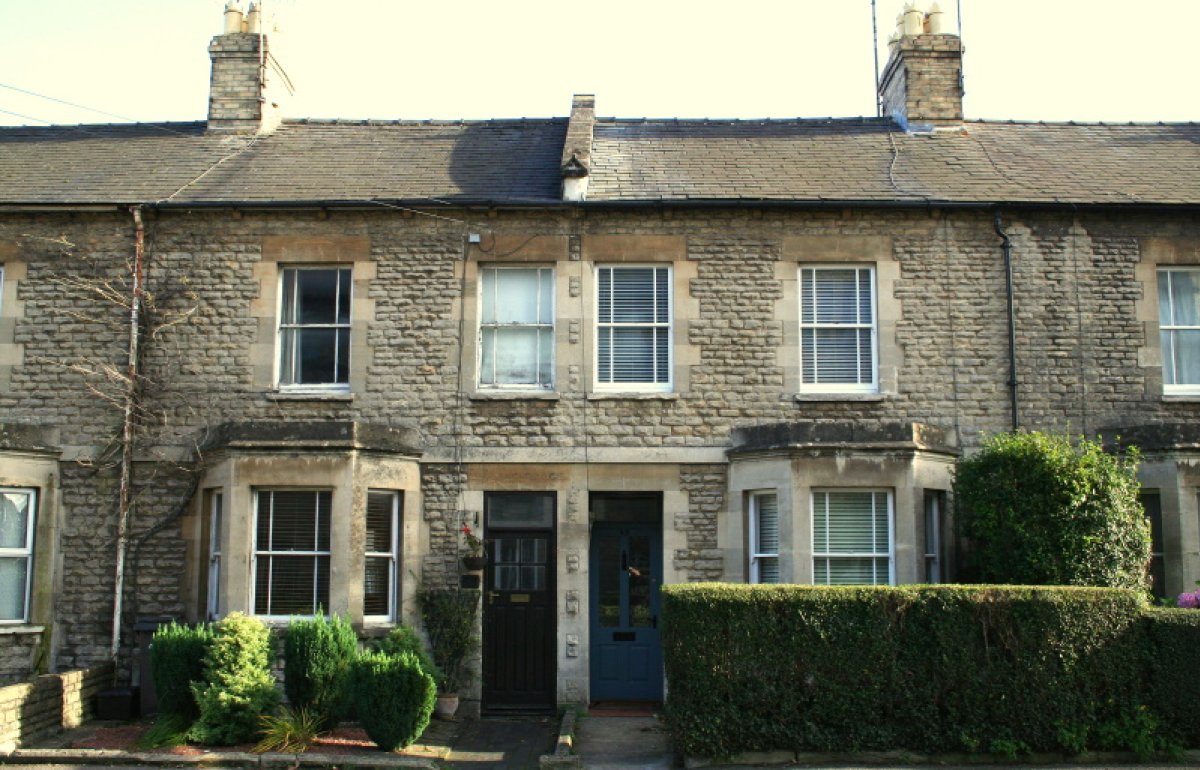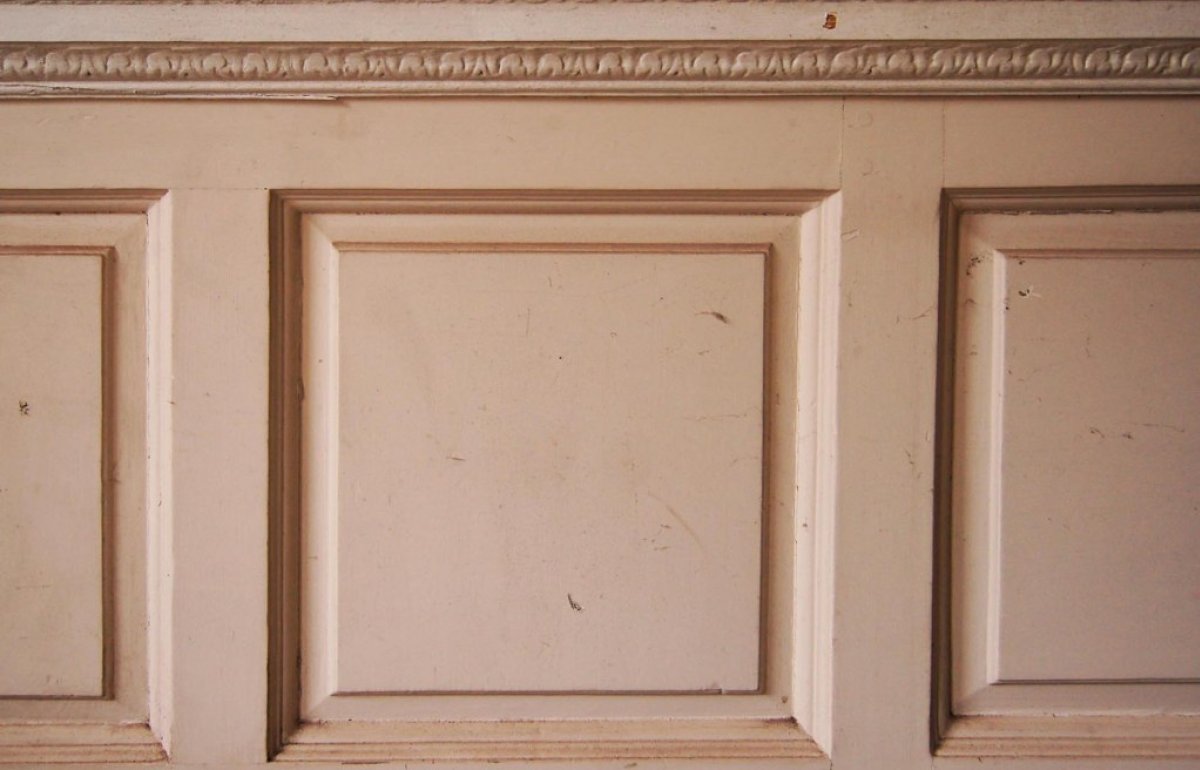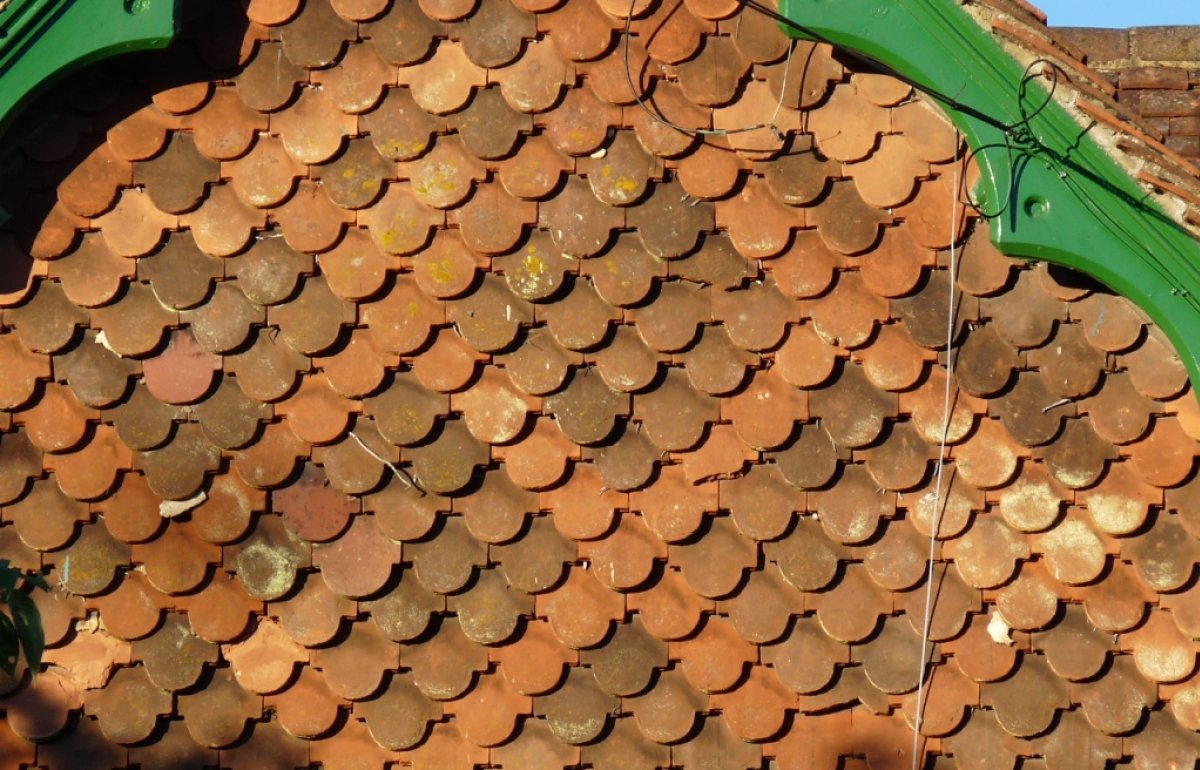Weatherboarding
It is, perhaps, Britain’s most underrated building material – a simple solution worthy of better understanding. Find out what weatherboarding is and how to maintain it.
What is weatherboarding?
Weatherboarding comprises lengths of board used for cladding buildings. In Britain, it is found on many building types but is associated especially with barns, smaller houses, church towers and mills in south-east and eastern England. Oak was commonly used in medieval times, elm in the 17th century and later softwood. Early boards were typically riven (split) instead of sawn, fixed vertically and formed infill panels between structural timbers. The boards could be held within grooves in the timber structure or pegged onto rails.
Why is old weatherboarding worth keeping?
Weatherboarding is more than a cheap, temporary cladding and makes a considerable contribution to the character of historic buildings. The minor distortion of boards in response to gentle movements in the underlying building structure and the patina acquired by their surfaces, often reflecting the irregular build-up of different coatings, impart visual qualities that cannot be replicated readily. Old weatherboarding should, therefore, be retained wherever possible.
What problems might arise with weatherboarding?
Boards can deteriorate due to beetle infestation or fungal attack as a result of dampness (arising, for example, from leaking gutters). They may also split along the lines of inherent weaknesses or become displaced (for instance, when nails corrode), allowing rainwater to penetrate behind and cause damage.
What might repairs to weatherboarding entail?
Defective weatherboards might be repaired by splicing in seasoned matching new timber (joints should coincide with studs) or inserting timber plugs. Whole boards may otherwise need replacing. To repair a split, apply glue and attach a block to the board below to act as a clamp against the lower edge while this sets. Splits or holes can be temporarily covered with thin sheet metal. Tap any loose boards back into position and refix them before more serious deterioration occurs.
Can weatherboarding be stripped and reused?
Where possible, it is best to avoid disturbing old boarding, which, because of embrittlement, may be easily damaged. However, in some instances its removal may be justified (for example, to introduce insulation behind).
If so, the careful removal and reuse of existing boards is preferable to their replacement. Boards should be carefully numbered and a sketch made of their arrangement to assist with reinstatement. Nails can be cut between the boards with a chisel or saw.
If necessary, how might I replace weatherboarding?
Where replacement is unavoidable, new weatherboards should usually match the timber type, method of cutting, size and thickness of the existing ones (taking care not to copy inappropriate modern work). Ensure that boards are also of the same profile - often ‘feather edged’, ie wedge-shaped, rather than ‘shiplap’ - and that any faces to be painted come planed. Follow, too, existing details around openings. Softwood will generally require pressure treating. It may be appropriate to use concealed lead soakers below vertical joints or an underlay for improved weather protection.
What fixings are suitable for weatherboarding?
Rosehead and similar nails with raised heads resembling those commonly used historically for weatherboarding are still obtainable, often now in galvanised steel. Other galvanised or stainless steel nails can also be employed, including those of the lost-head type popular for painted weatherboarding from the mid-19th century.
With a featheredged board, one nail is usually driven through a predrilled hole about 25 mm above its bottom edge at each stud. Screw-fixing is advisable near fragile internal plasterwork.
What are the appropriate surface finishes, if any, for weatherboarding?
Early hardwood did not require a protective finish but the practice of tarring boards developed by the mid-18th century with increased use of less durable softwood. Toxicity concerns mean tar is only available today from a few specialists. Opaque stains provide a more widely available but less authentic alternative. Lead paint was commonly used with planed softwood on houses and mills. Its use is now restricted but linseed paints promise good durability. Boards should be prepainted before fixing, including vulnerable end grain that has been exposed by trimming.
Ridout, B (2015) Timber Decay in Buildings and its Treatment, Broome: Scientific and Educational Services Ltd



